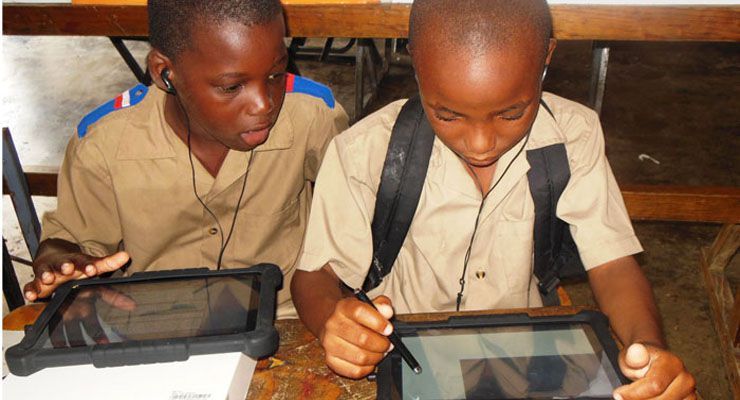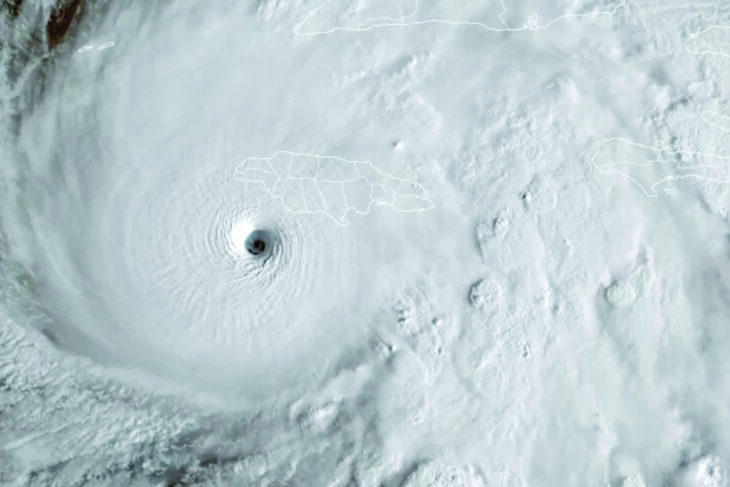
It is axiomatic that the novel coronavirus pandemic has up-ended teaching and learning as we know it, not only in Jamaica, but in the world. Face-to-face classes have been abandoned for the solitude and safety of remote or distance learning. Teaching and learning have found sanctuary, whether it is virtually over the Internet, by television, over the radio, or simply by having the work being delivered in books from which the students are required to both teach themselves and to do the exercises.
The pandemic will end one day. When that day comes, whenever it is, education will not be able to resume as if it is a young cadet on the parade ground, “as you were”. The disruptions caused by the pandemic have been too seismic and too one hundred and eighty degreed for the pre-pandemic status quo to be restored.
Teaching and learning will never be the same. The teaching genie has been let out of the proverbial bottle. Even after the all clear has been sounded and face-to-face teaching and learning are permitted to resume, there will be marked differences. There will be a greater reliance on the use of technology. There will be a blended approach to teaching and learning, relying on both the traditional face-to-face method and the virtual method.
An example will suffice. It is well known that there is a shortage of qualified, experienced teachers of mathematics and physics in our secondary schools. The changes coming out of the COVID-19 era will mean that a Master Teacher of Physics will be able to deliver either live or pre-recorded a lecture to thousands of students. The delivery of the content will either be to individual devices or to audio-visual facilities at the receiving schools. The scarcity of such teachers is immediately mitigated.
The pandemic has exposed the ugly underbelly of Jamaican education. There are far too many children without access to adequate material resources (and this includes access to digital devices, the Internet, stable broadband, and books; human resources (adult supervision which has the time and the capacity to assist students while at home); or an enabling environment inclusive of safe, quiet spaces.
In this brief paper, I will, as requested, give my perspectives on post-COVID education. However, before doing so, I must state the major issues as I see them, because it is only within the context of the issues as identified by me that my perspectives may be fully appreciated.
Context
The pandemic has, inadvertently, exposed not just the digital divide, but also the capacity divide. The former is easy to understand: there are those who have access to both digital devices and to the Internet. Then there are those who have neither, and those who may have some sort of device to share with parents/guardians, but who have neither steady reliable access to the Internet or to “data”. The latter is the availability of human capacity. That is, parents/guardians who have both the time and the ability to assist students with both homework and with the reinforcement of taught material. The former requires continuous large infusions of cash, the absence of the latter is far more pernicious, and requires both an adroit mentality and great determination.
Solutions
The Government currently operates a book rental scheme in both primary and secondary schools. This scheme ought to be augmented by a device rental scheme. A keep and care of digital devices by the students for the academic year with penalties on parents/guardians for the loss and /or destruction of the device.
Unfortunately, our society cannot resolve the human capacity issue so simply. This is a multi-generational project. In the interim, my proposed solution is for mandatory homework sessions, for say 90 minutes after school at schools, supervised by teachers. The concept is not novel. It exists under the rubric of “Prep” in boarding schools. Ask any old boy of Munro or old girl of Westwood High or Hampton High. It will provide a structured environment for “homework” to be done, supervised by people who have the capacity to assist. As this will be a State-funded project, it provides an additional source of income for teachers and sixth formers. My suggestion is that those providing the supervision ought not to be those who provide the daily teaching to those being supervised.
There is a lot of discussion about a blended approach to teaching and learning after the pandemic is over. This, I fully support. If I may make the point by way of an example. It is well known that there exists a shortage of qualified experienced teachers of mathematics and physics. The existing Master Teachers in these disciplines could easily give their lectures or classes either live by virtual media or by pre-recorded sessions. Suddenly, the classroom is no longer 30-40 students but hundreds. It requires rationalising timetables and other logistical steps being taken. But, in my view, it is achievable.
The blended approach is also an avenue for the immediate abolition of the two-shift system. That is, once the appropriate logistics are put in place and the device and Internet issues are resolved.
This is an appropriate segue to my oft repeated plea for the creation and maintenance of more boarding schools, particularly for inner city children and those of the rural poor. Boarding schools provide both a structure for young impressionable minds (along with three square meals), but also an environment devoid of intermittent violence and persistent lawlessness. This is particularly urgent for young males in this country.
As was said by The Laird in the Public Opinion newspaper of 17 March 2017:
“There is wide-spread acknowledgement of some of the prevailing ills. Malnourishment amongst children; the unavailability of resources in the home for children to properly do their homework; the lack of properly educated and trained parents who can adequately assist with both the doing and supervision of homework; the lack of discipline and structure at home; the lack of proper religious/moral education at home in order to enhance the total development of the child; the lack of structured after-school activities; and the almost complete absence of fit and proper male role models in the home and the community.
Boarding schools provide all the aforementioned. The young male is sequestered in a sterile, disciplined environment. From the time he gets up in the morning, to making his bed (yes, a bed all his own!), to getting ready for breakfast, having a proper breakfast, attending devotion, going to classes, a proper lunch, physical education, after-school activities, dinner/supper, social time, bedtime, all of this is supervised and structured. Boarding schools provide an oasis away from the chaos from inner-city life. I do not know any boys who went to boarding school on a full-time basis for at least 5 years who are not gentlemen”.
Finally, why is the Government of Jamaica subsidising parents/guardians who can pay for the education of their children at the secondary level? Each year there are thousands of students who attend fee-paying preparatory schools at a not inconsequential cost to their parents/guardians. The students take the matriculation examinations for secondary schools and qualify to enter high schools, where suddenly all tuition is paid for by the State. A nice subsidy for these thousands of parents. But what if they had to pay for the education of their children at the secondary level? And, what if the Government provided an incentive for doing so by making the payments either tax deductible, or by giving tax credits under the Income Tax Act? A tax credit of $x for fees proven to be paid at the preparatory stage, $x+1 at the secondary stage and $x+2 at the tertiary stage will be quite an incentive. Further, the anecdotal material suggests that parents/guardians who pay for the education of their children exercise greater care and diligence in seeing that these children perform as optimally as is possible.
Let the debate and the discussions begin. Thereafter, it will be time for action.




Walter, you got me thinking. As a former teacher educator I see another aspect of this that has to do with the preparedness of the teachers. How well are they trained in technology? Do they know how to address changes to their teaching style to account for the needs of their students? COVID has opened pandora’s box. The art of teaching and learning must be addressed by those who understand technology, human behavior and learning theory.